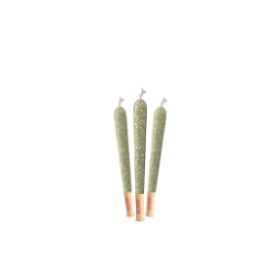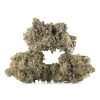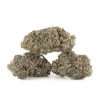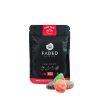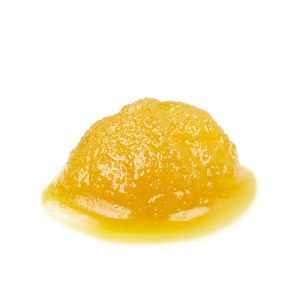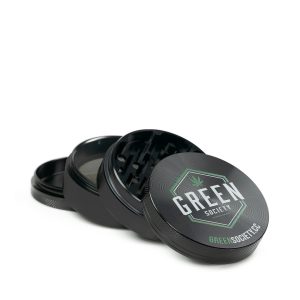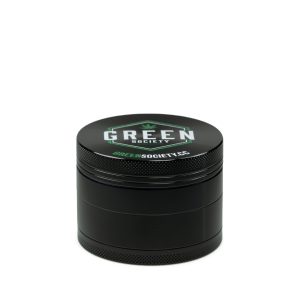Although it was once illegal along with marijuana, it’s no secret that hemp has made a triumphant comeback. Nowadays, you’ll find it in everything from health supplements to reusable tote bags. This miracle plant is one of the hottest products in our stores – and it seems we can’t get enough.
Unlike its controversial cousin, marijuana, hemp contains no tetrahydrocannabinol (THC). This chemical is the essential compound responsible for making you feel high when you smoke or eat cannabis. As a result, hemp products are an excellent option for people who want to harness some of the Cannabis sativa plant’s health benefits without experiencing any of the psychoactive effects.
In this article, we share our handy guide to the many and various uses of this plant. The industrial uses of hemp can break down into three main categories: its nutritional uses, its cosmetic uses, and its textile uses. Whether you’re interested in the industrial uses of hemp oil or the various products this plant can produce, read on to find out everything this super product can do.
Nutritional Uses
In this section of the blog, we’ll start by outlining the many ways in which you could use hemp in your kitchen.
Hemp Oil
Hempseed oil comes from the cold-pressed seeds of the cannabis plant. The seeds contain no THC.
The uses of hemp oil commonly include being an ingredient in beauty products, such as moisturizers, soaps, and hair care products.
It can also be useful as a heart-healthy alternative to coconut oil or olive oil when cooking. Hemp oil has a nutty flavour, just like the unpressed seeds. This taste makes it an excellent addition to home-cooked dishes.
If you’d prefer to use it on its own, it’s also possible to buy supplementary hempseed oil. Using a dropper, place a drop onto your tongue once a day and swallow.
The nutritional value of hemp oil has made it an increasingly popular choice. It’s very rich in polyunsaturated fatty acids, such as omega-3 and omega-6. These nutrients are excellent for reducing inflammation, improving your skin’s condition, and even boosting your circulation.
Hemp Milk
Hemp milk is a derivative of the plant’s seeds. The seeds get soaked in water and finely ground to produce a vegan milk alternative.
Many people choose hemp milk over soya, almond, or coconut milk because its texture is closer to cow’s milk. It’s also safe for people who are allergic to soy and more sustainable than either soya or almond milk.
In 100 millilitres of hemp milk, there are 46 calories, 3g of fat and carbohydrates, and 2g of protein.
Cosmetic Uses
One of the leading industrial uses of hemp is in hair care, toiletries, and cosmetics. Hemp products have a range of benefits. While the research is still limited, there has been promising proof that our bodies can absorb the plant’s compounds very efficiently.
The Science
In one study, researchers asked participants to apply hemp products to their hair topically every day for six weeks. They found 89% of the participants tested positive for cannabinoids, despite not ingesting any of the hemp products.
The Benefits
Although more research is necessary, this finding strongly indicates that the structure of our hair (and perhaps skin) is very susceptible to the plant’s benefits.
Some of these benefits include:
- Anti-inflammatory properties. Hemp (and marijuana) are both anti-inflammatories, which means they can soothe a range of health conditions, including acne, psoriasis, and even swellings.
- Treating dry skin on your body and scalp
- Strengthening the hair follicle and promoting hair growth
- Protecting your hair from breakage and boosting your skin’s ability to repair itself
- Naturally antibacterial
Textile Uses
Some of the most exciting hemp products include those made from the fibres of the Cannabis sativa stalk. Hemp fabric has long been a crucial use of industrial hemp. However, restrictions on the cannabis plant made it difficult for farmers to grow enough crops.
Today, however, legalization means that it’s possible to grow the plants on a vast scale.
A Versatile Crop for Ropes, Clothing, and More
Fabric is one of the most impressive industrial uses of hemp. The fibres are incredibly strong, with some estimates claiming that they’re three times stronger and more durable than cotton. In other ways, it’s similar to cotton, especially in texture and breathability.
Part of the reason the plant is so conducive to making fabric and textiles is its structure. The plant’s stalks have double-layering, with a fibrous ropey outer layer and a woody inner layer. The outer layer is easy to process into long ropes – which are so strong they were common as a material for rigging on ships before the plants became illegal – and clothing fibres.
The inner layer is not something you can make into fabric. However, it can be useful for alternative purposes, such as fuel.
From Raw Plant to Fabric
The process of turning hemp stalks into fabric is as follows:
- First, workers separate the fibres on the stalk.
- The stalk remains for up to six weeks to undergo a process known as retting. This process is when farmers intentionally let crops rot to remove the fibres from the stalk more easily.
- At the processing plant, workers separate the fibres, weave them into strands, and clean them.
- Hemp products made of paper require pulping the fibres. For fabrics, they need steaming.
- The fibres are now ready to weave into yarn or fabric.
Hemp fabric is suitable for various uses, ranging from clothing and towels to bags, socks, and upholstery. It also blends well with other fabrics. Items can maintain the plant’s properties whilst benefitting from the softer texture of fibres such as silk.
Conclusion
According to research, hemp is one of the oldest plants known to man. Evidence shows that humans have been growing the plant for over 10,000 years – and today, we’re spoilt for choice when it comes to new products and the industrial uses of hemp.
Whether you’re a marijuana user who wants to embrace all things cannabis or someone interested in hemp’s sustainable credentials, we hope this blog has given you an insight into the different uses of this versatile plant.
Looking to buy? Find your local dispensary of cannabis and hemp products using Best Dispensary Canada.

